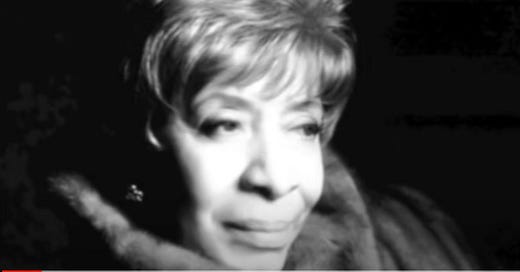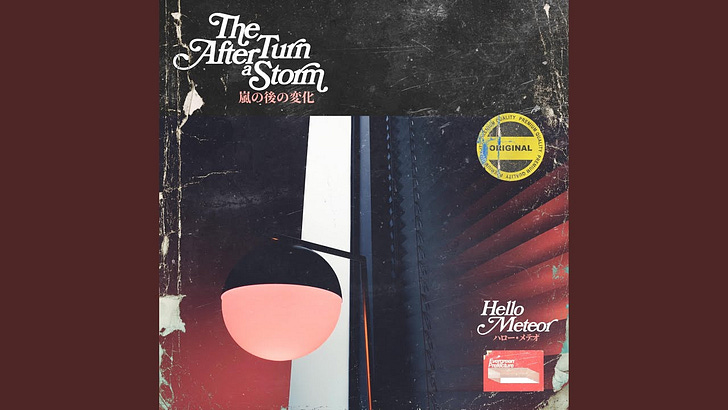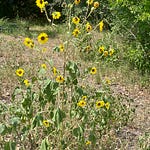Shirley Horn was singing ‘Here’s to Life’ when I clicked on KRTU the jazz station this morning. It was powerful. I stopped what I was doing (mindlessly browsing the internet basically) and began reminiscing about my own life; what it has been like and what it can be. You know, all those existential questions that we ask ourselves in the middle of the night or on the top of the mountain or when someone dies, or while listening to Shirley Horn.
“So here's to life
And every joy it brings
So here's to life
To dreamers and their dreams”
Brilliant. After reviewing my own life for awhile, I found myself fascinated with the story of Shirley Horn (who I discovered by mindlessly browsing the internet). She was born in Washington D.C. in 1934 and encouraged to play the piano by her grandmother. At age 4 she started taking piano lessons and by the time she was 12 she was studying classical piano and composition at Howard University. But she was also a member of the African diaspora, a descendent of those people who had been kidnapped, shipped across an ocean and enslaved. And here she is rising, triumphant, with the power of a tribal queen. That’s my point.
It amazes me that those people, displaced and denigrated (even to the point of questioning their humanity) rebuilt their culture from scraps in their new world and brought forth the music of the Delta Blues and New Orleans jazz and gospel music and the rhythm and blues of Motown and so much more. Their bodies may have been enslaved but not their souls. They retained the rhythms and the powerful emotions of their homeland. It showed up again and again. It was the resilience of Black culture and really of the human heart that is represented in Horn’s music.
And then there’s the story of Sister Rosetta Tharpe. The Gospel singer who influenced Elvis Presley and Chuck Berry, the Beatles and basically all of rock n roll.
“She woke up the congregation”, said Pastor Robert Hargrove from the Church of God in Christ in Philadelphia where Tharpe used to perform. “When she came and they saw the expression, or the freedom that she expressed in her singin’ and dancin’ it woke up the congregation. It focused them on something that was on the inside, that they never gave expression to.”
Helen Henderson, who was 10 years old when she first saw Tharpe at the Church of God in Christ back in the 1930’s, said. “Oh she had the most beautiful voice . . . and the way she would speak to you. It made you feel different. You knew somethin was goin on even if you didn’t understand really what it was. And that’s the way it was with me because I was a child.”
Both of these people are quoted in the documentary, The Sister Rosetta Tharpe Story along with amazing music of the time and alot of history of Black people in America.
Sister Rosetta Tharpe and Shirley Horn, two powerful black women singing and bringing the heat, the passion, changing the world with their powerful voices and reminding us all what it is to be human. They have risen from the ashes of slavery to the glory of popular acclaim and admiration. It’s the indomitable human spirit, isn’t it? It’s the resilience of the human heart that it returns again and again and rises up and shines its light, rings its bell, whatever you want to call it. It’s indomitable and resilient, that’s what I say and I take great comfort in that.
“No complaints and no regrets
I still believe in chasing dreams and placing bets
But I have learned that all you give is all you get
So give it all you got”














Share this post